Hello everyone, Jean here! I’m an Assistant Manager at Kyoto Obubu Tea Farms and I am notably in charge of the internship programme. It’s a pleasure sharing about our lives in Japan and especially related to tea. Spring is on its way now and Obubu is preparing for the harvest season. We are so happy to enter this new year and so excited for the new year’s harvest. Hopefully, there will not be any frost this year, cross fingers for us! It’s no secret we are very busy in spring, but summer is a very active time of year for us too. We are currently looking for interns to join us during summer. I thought it would be a good timing to share about how it is to live in a tea farm in summer. So… Are you ready??? Let’s go!
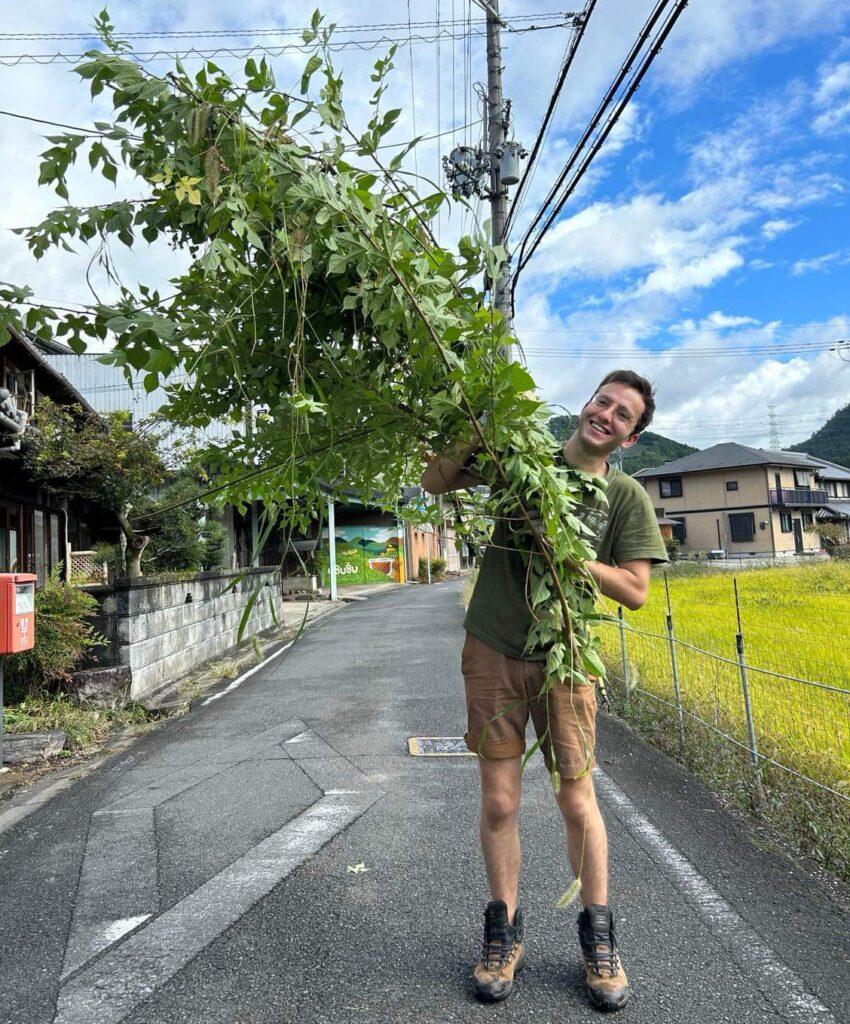
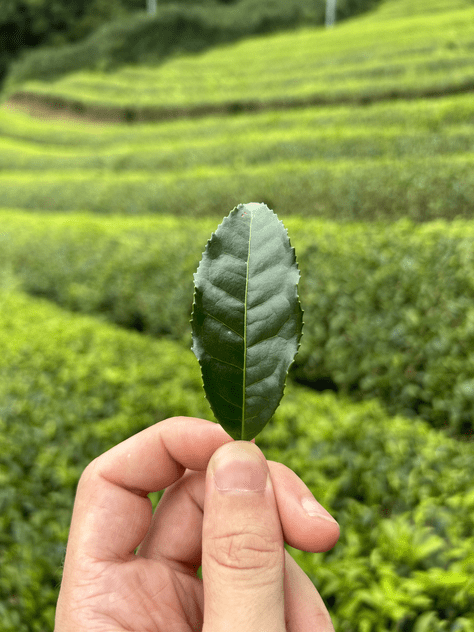
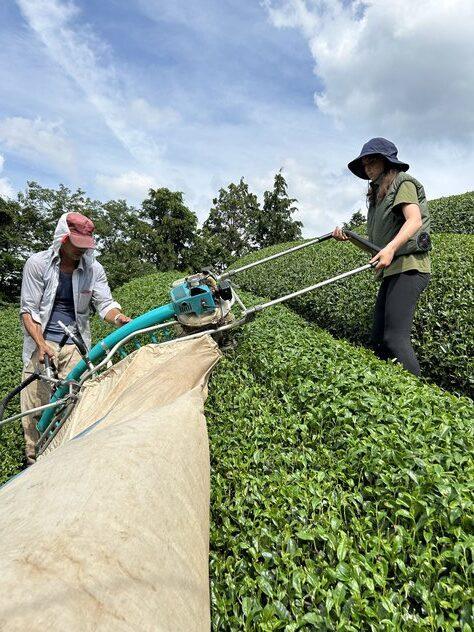

June is a beautiful time for living in a tea farm. The weather is bright but not too hot yet. The summer harvest happens then. In summer, the tea fields are buzzing with life and display wonderful shades of greens. If you like nature, it’s the perfect season for you in Japan. July signs the end of the harvesting as we don’t harvest so much tea during summer at Obubu. But the humidity is higher, and weeds are growing very fast. Therefore, we must pull them out. It’s actually very fun to get to have some time in the tea fields with all interns and staff members without the sound of the harvesting machine, because we can chat while weeding and listen to the sounds of nature.
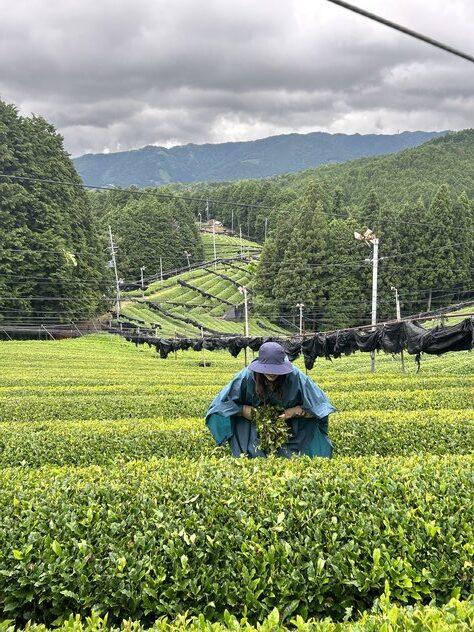
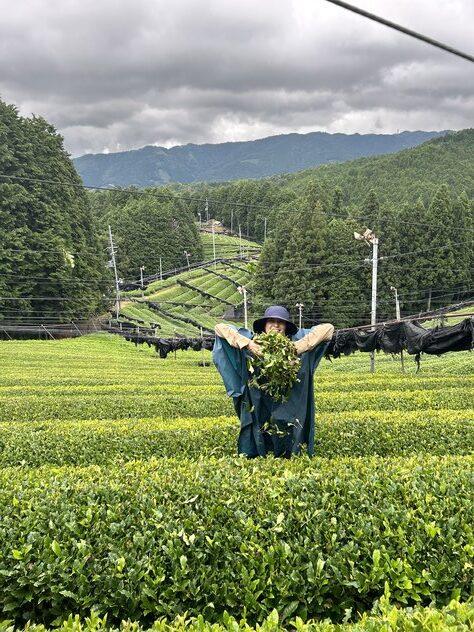
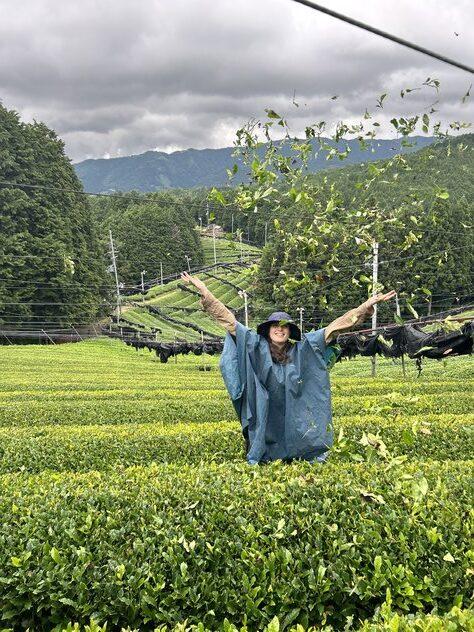
Interning at Obubu in summer will give you the incredible opportunity to harvest and process your own Japanese Black Tea (Wakoucha). And in 2023, everybody at Obubu got to process their own batch. Making my own black tea has been one of the best experiences of my tea journey. We got to pick our leaves and take our own decisions about the processing. For my tea, I decided to let it wither for a day and a half (around 35 hours). The withering makes the leaves softer and ready for the rolling. Then, I rolled the tea leaves for 30 minutes. After the rolling, I let the leaves oxidize for 9 hours before rolling them again. Finally, I let the leaves oxidize again for 3 hours and dried them at around 90 degrees for 40 minutes. Of course, I didn’t come with all this knowledge on how to make black tea on my own. I got a lot of help from our tea expert makers at Obubu, and you will too as a summer intern at Obubu!
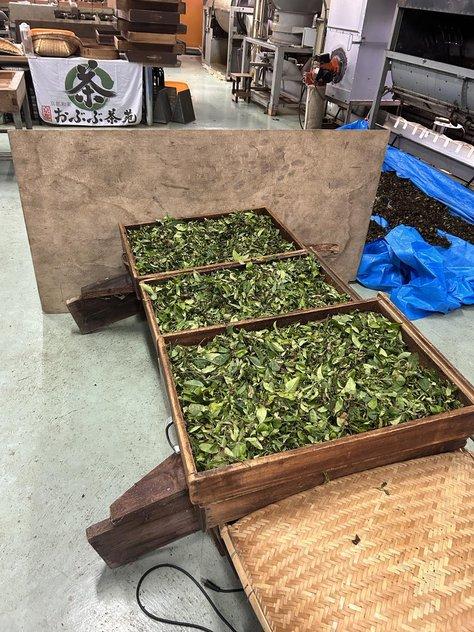
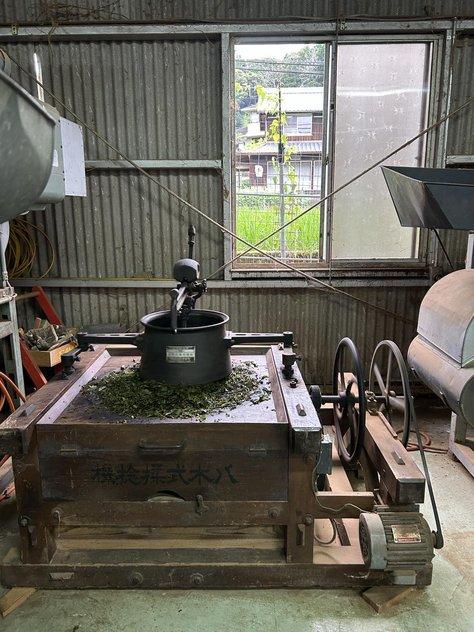
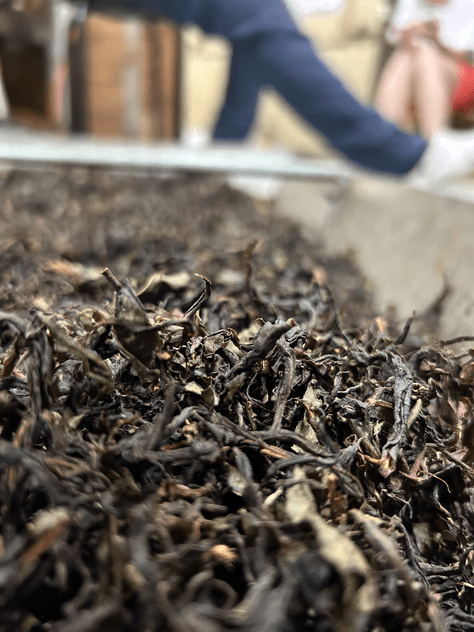
The oxidation process will help developing fruity aromas in the leaves and is accelerated by the rolling process. The rolling process also breaks the cells inside the leaf releasing its inner aromas and water. The drying process allows the leaves to remain shelf stable and preserves the flavors of the tea. You can also dry the leaves at a higher temperature or/and for a longer time to try to get a light toasted flavor in your tea. There are many ways to make tea, I know I’ll be able to do more experiment like this in the future and I am very excited to try. The tea turned up sweet and fruity. Even though, I was aiming for cocoa-like flavors, I’m still very happy with the result. I feel like, because tea is so delicious, you can’t really mess it up (unless you don’t dry it properly and then it might get moldy, lol). The most difficult thing to do, is to be able to aim for specific aroma profiles by adapting your processing methods with the types of leaves you have. But, I don’t think one year will be enough to be able to do that myself. Working as a tea farmer for a short time really made me realise how much expertise and practice it needs to become a great tea maker.
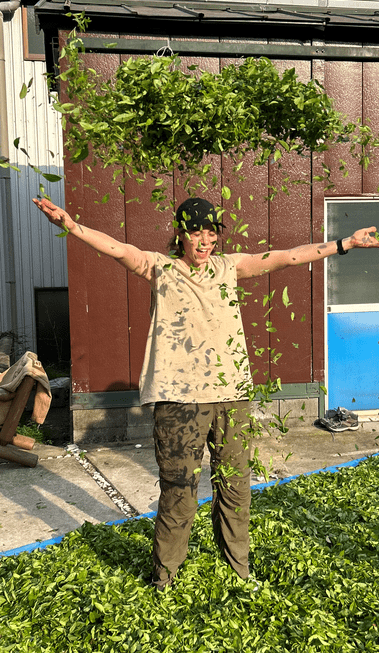
It’s our favourite activity
Every batch turned out to be so different and we got to organise a blind taste with all the teas and choose our favorites. Some of the teas had a longer after-taste or different textures and tastes. We could try to make conclusions about what each of us did and how it might have impacted the taste. But this is a very difficult exercise since there’s a lot of factors to include.
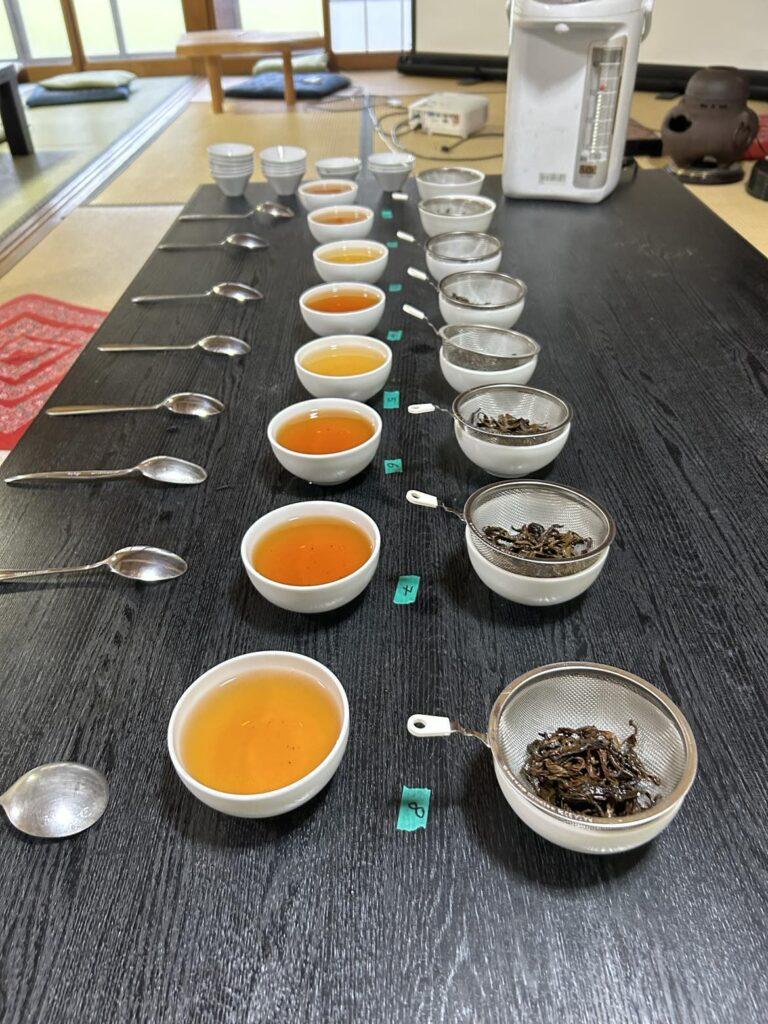
After the very busy Wakoucha making week, I decided to go on a Kyoto adventure. Wazuka is very close to Kyoto and it’s very easy to visit the area on the week-ends. Kyoto has really good food. I’ve never seen fruits sandwiches before but to be honest, this is one of the best foods out there. It’s fresh and creamy at the same time, delicious and perfect for the warmer weather.
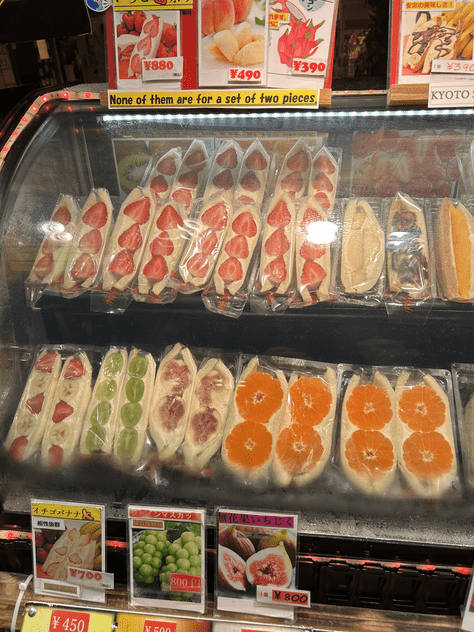
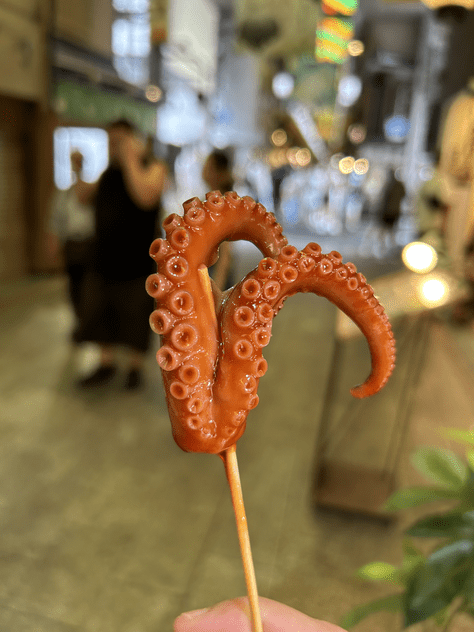
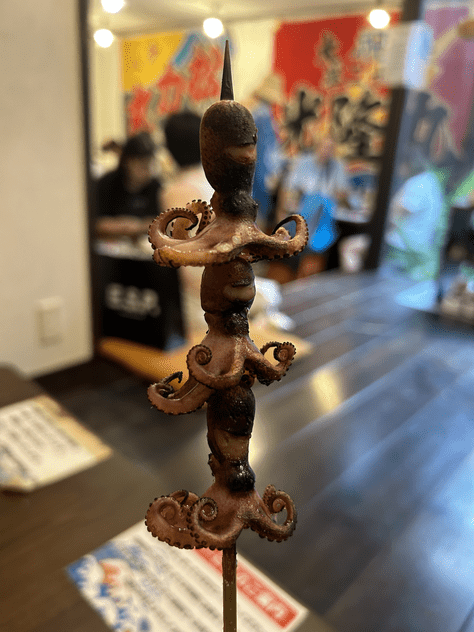
.
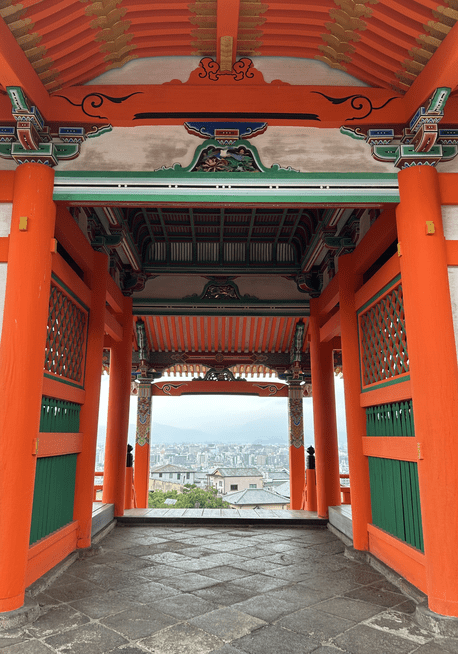
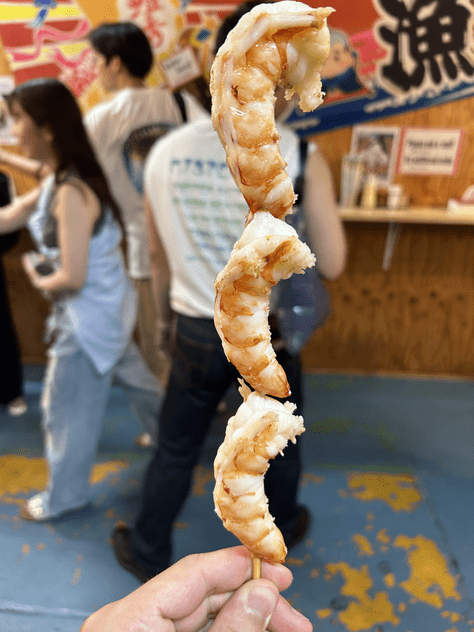
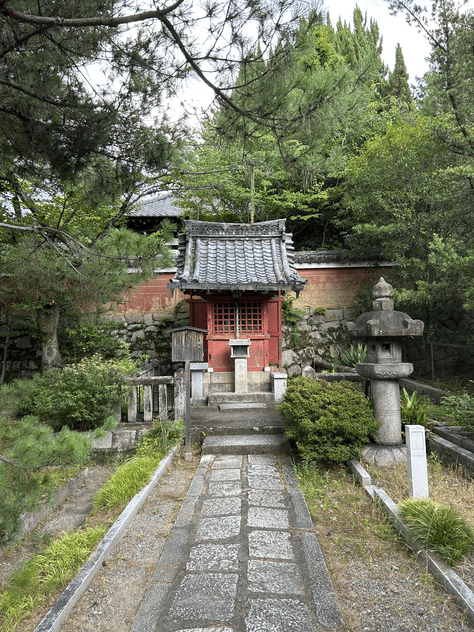
But I also got my usual seafood sticks as well. Because it’s soooooo good. We don’t have a lot of squid sticks in France and I will miss it a lot when I come back home. I like the chewiness of it and they also use sweet sauce caramel tasting like. I also visited some temples and shrines as well, Kyoto has so many of them, I already know I wont have enough time to visit them all!
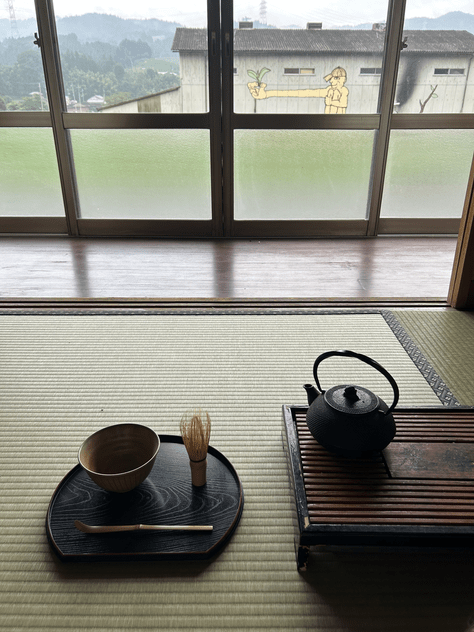
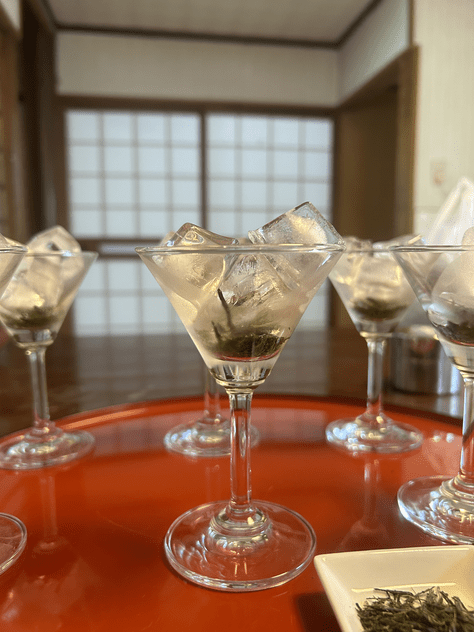
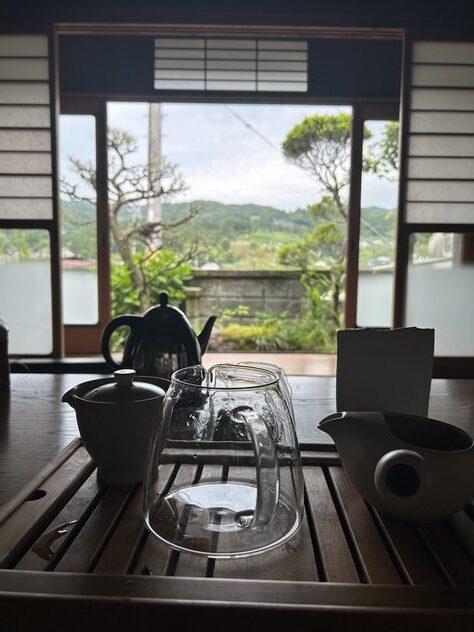
After a day in Kyoto, it always feels great to go back to the countryside and relax in the tearoom by preparing some matcha. It rained a little that day too, and it feels really calming to listen to the rain falling while sitting in the tearoom. Japanese Tea room have a very special peaceful atmosphere. Everything sounds and looks different from a regular room. Probably because of the tatami mat and the paper walls?Maybe they impact sound and light differently? In summer, it can get very warm in the room, but we are experts in brewing tea with ice and the sweet and umami of the Gyokuro is so refreshing.
There are many things I was able to do last summer. I went to the beach with the interns, ate a lot of matcha ice cream, went to the japanese hot bath, practiced tea ceremony and helped renovate the factory. But I don’t want to spoil the magic of a summer in Japan and I will let our future interns experience it by themselves in 2024!

